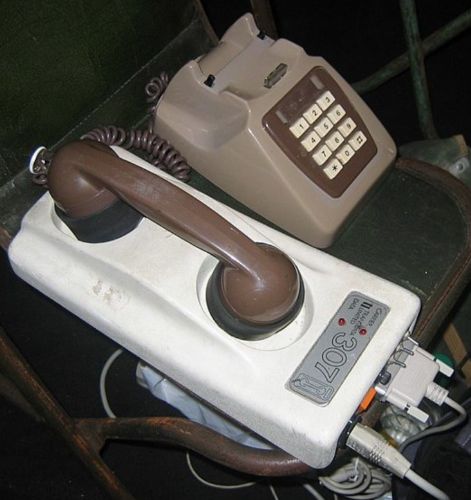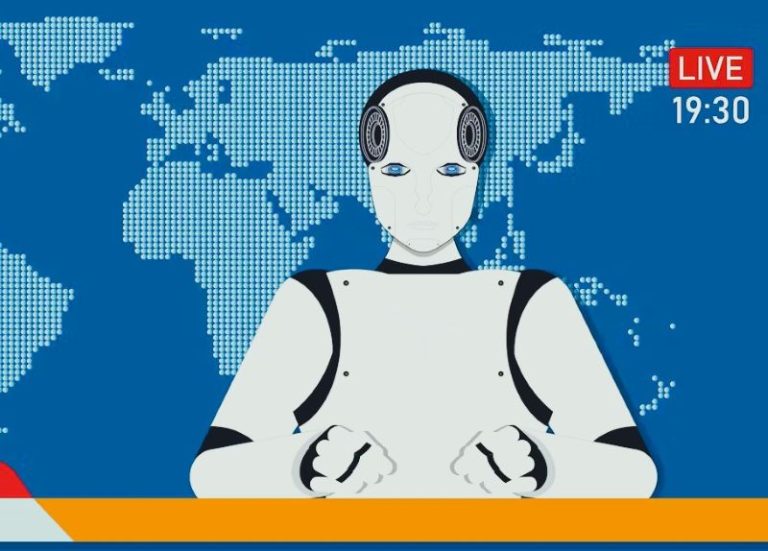

As the dust settles on AOL’s dial-up chapter, there remains something hopeful here: technology moves forward, but we leave nothing behind.

By Matthew A. McIntosh
Public Historian
Brewminate
The Final Disconnect
It has become official. After more than three decades, America Online will disconnect its dial-up internet service on September 30, 2025. That familiar sequence of beeps, whistles, and connection buzzes will fall silent, as the company retires not only the service itself but also the AOL Dialer and AOL Shield browser that facilitated access on older systems.
For those who grew up waiting through that screeching audio handshake, the announcement lands like the end of a particularly nostalgic chapter, one that brought the World Wide Web to countless first-time users.
From the ’90s Gateway to a Ghost of the Web
A Digital Time Capsule Closes
At the height of its influence around the year 2000, AOL had roughly 25 million subscribers. It was a cultural force. Trial CDs littered mailboxes; chat rooms buzzed with early adopters; the “You’ve Got Mail” alert became a cinematic symbol of online intimacy.
Even as broadband and mobile connectivity became ubiquitous, dial-up lingered. In 2015, dial-up still served roughly 2.1 million U.S. users. By 2021 that number had shrunk to the low thousands. Yet as recent as 2023, some 163,000 American households (0.13%) were still relying on AOL as their primary internet connection.
September’s shutdown marks the definitive end of that legacy.
More Than Just a Connection
The shutdown is personal for a generation. The sound of a modem handshaking over the phone line was more than technobabble. It was adulthood emerging through a glowing CRT, through chat rooms and message boards, through first email signatures and clumsy static dial-ups. For many, it remains the first beat of their digital heartbeat.
When the notice went up, it prompted a wave of remembrance across forums and social media. Parents who clung to AOL as a safety net for email and stock tracking. Nostalgic millennials threading stories of early forums, and late-night downloads, tied to liminal internet hours and family landlines.
Why Now? A Quiet Phase-Out Behind Early Internet
Strategic Sunset, Not Tragedy
AOL’s announcement was matter-of-fact. “AOL routinely evaluates its products and services and has decided to discontinue Dial-up Internet.” This termination affects only the legacy infrastructure, the rest of AOL’s internet offerings, such as email and content portals, will continue.
Dial-up users today are often scattered across rural areas or low-connectivity regions. Still, the rate of technological advance rendered the service increasingly redundant. Today’s internet speeds, often hundreds of megabits per second, stand in stark contrast to dial-up’s 56 kilobits per second cap.
Yet for some, the slow and screechy web became a constant in a world defined by acceleration. Its passing feels personal.
The End of an Era, Not of AOL
Dial-up may be dead, but the brand lives on. AOL email addresses remain active. AOL as a web portal endures, a ghostly echo of a digital storefront where news, lifestyle features, and clickbait continue to weave traffic through Yahoo’s network.
In other words, while the dial-up infrastructure fades, AOL itself adapts. The company now prioritizes its content, advertising, and media identity more than its internet delivery origins.
Technologies Laid to Rest
The shutdown joins the quiet tomb of other tech relics. AIM, AOL’s instant messaging platform, fell silent in 2017. Internet Explorer was retired in 2022. Even Skype closed recently in 2025. Each marked a shift in digital norms. Each signaled that our tech staples are, in time, ephemeral.
Dial-up’s end feels heavier, though. It was a shared cultural experience. That hiss of a modem connected millions into a new epoch, one that unfolded through search, chat, discovery, and connection. Now, with one historic broadcast, the audio legacy goes silent.
End of One Internet World, Start of Another
As the dust settles on AOL’s dial-up chapter, there remains something hopeful here: technology moves forward, but we leave nothing behind. The nostalgia is alive. The stories are still told. And for a moment, the internet feels a little less human, with one less quirky noise to remind us where we began.
Originally published by Brewminate, 08.22.2025, under the terms of a Creative Commons Attribution-NonCommercial-NoDerivatives 4.0 International license.


